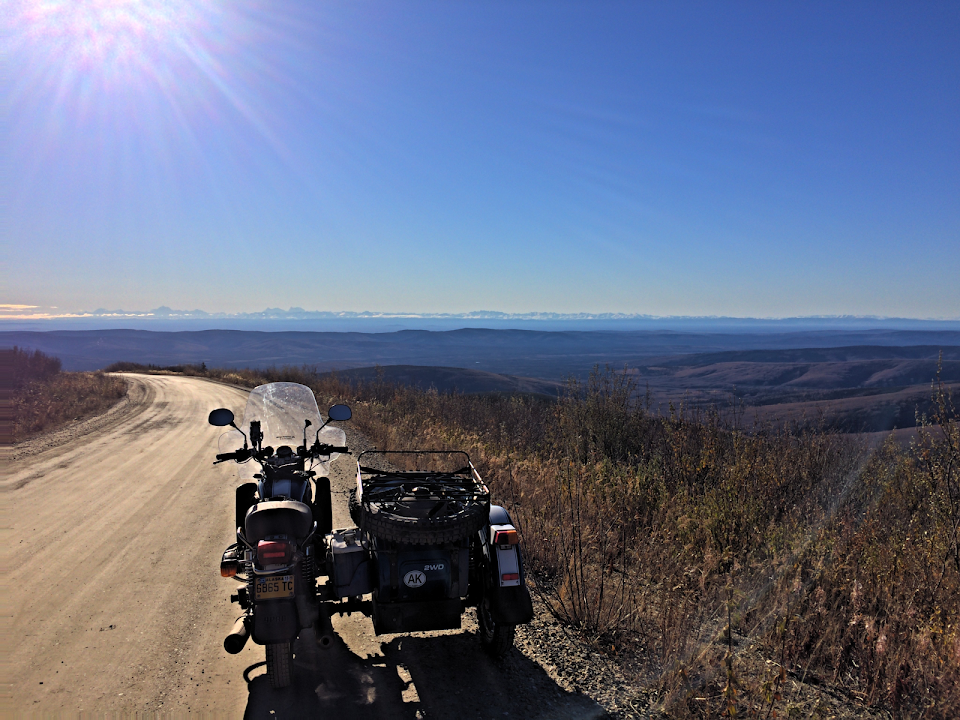On May 1, 2007, I moved my blog to the Blogger platform. Initially, it was hosted on different university servers. The first two in Fairbanks run by the UA Public Relations office and the third on a server operated by the IT department on the Juneau campus. After that, someone must have decided that personal blogs shouldn't be on university servers. Up until that point, the only purpose of the blog was to encourage university staff and faculty to participate in a walking program which was part of a wellness initiative. I was one of several that were asked to start "blogging" about my participation and later started placing plastic bottles filled with poker chips with the "Start Walking" and university logos on them. Kind of like geocaching but with clues instead of coordinates. Back then, phones didn't have GPS capability and not everyone had a handheld unit. Other participants would collect chips from each cache and claim a prize.
The program ended that summer and I continued to post including a short post on the MSF class I took in August, 2007. Once it was on the Blogger platform, I was able to set up the blog.machida.us CNAME. Way back then I was also running a Wordpress instance on my home server (an old Digital Equipment Corp. 80386SX desktop). I thought about just moving the blog onto that machine but I preferred to rely on Google for authentication and not have anonymous comments. The Wordpress install was shut down a couple months later after I was able to move email and the web server for the machida.us domain elsewhere. Eventually, the web site was deleted and email was moved to the gmail platform.
Initially, the posts were very short and rarely had pictures as I didn't have much to say. 1530 posts later, I still don't have much to say...
The program ended that summer and I continued to post including a short post on the MSF class I took in August, 2007. Once it was on the Blogger platform, I was able to set up the blog.machida.us CNAME. Way back then I was also running a Wordpress instance on my home server (an old Digital Equipment Corp. 80386SX desktop). I thought about just moving the blog onto that machine but I preferred to rely on Google for authentication and not have anonymous comments. The Wordpress install was shut down a couple months later after I was able to move email and the web server for the machida.us domain elsewhere. Eventually, the web site was deleted and email was moved to the gmail platform.
Initially, the posts were very short and rarely had pictures as I didn't have much to say. 1530 posts later, I still don't have much to say...






















